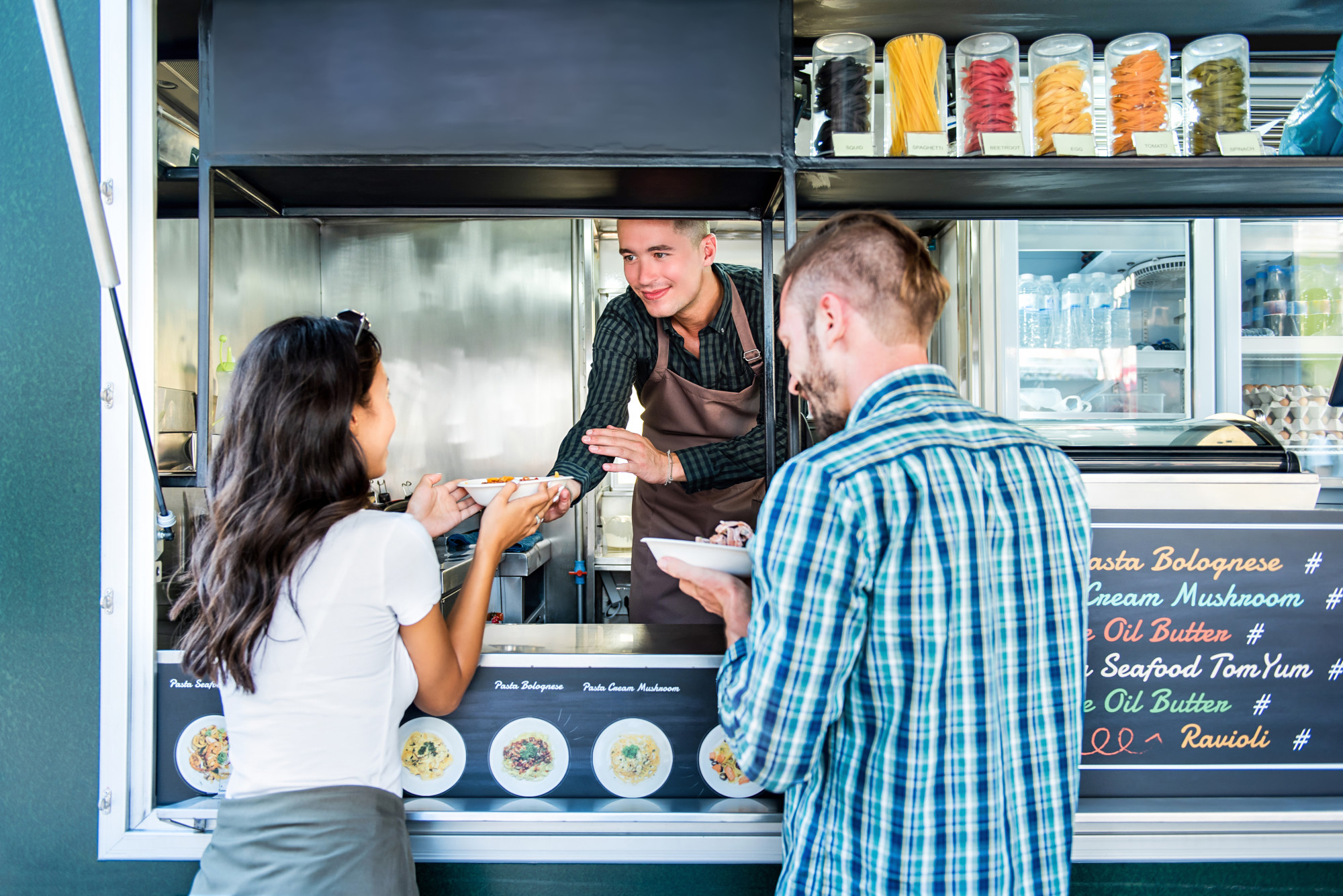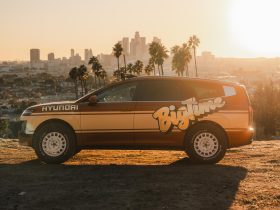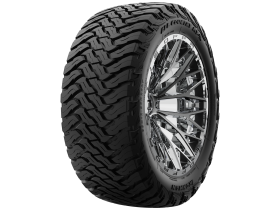If you have dreamed of creating your own food truck, you should click here for food truck design tips that can help you turn that dream into a reality.
In the past 5 years, the food truck industry in the United States has become big business, responsible for over $1 billion in 2019 alone.
If you’re embarking on your dream of owning your own food truck and you’re in the process of figuring out your food truck design then we have the definitive beginner guide for you. From permit requirements to design inspiration from some food truck greats, you’ll be ready to design an irresistible concept once you finish reading.
Ready to get this show on the road?
Everything You Need to Know About Food Truck Design
All good design comes down to creativity and proper planning. Your truck needs to look good, attract customers and also be a functional workplace for employees. Let’s run through everything you need to consider in your planning before finalizing your food truck design.
Licenses and Permits
Okay, let’s start off with the boring part before we get to the good stuff. Regulations for food trucks differ in different areas so you need to check your local requirements but there are some basics.
The regulations you need to be checking for are:
- Business Licence
- Tax ID
- Employer Identification Number
- Mobile Food Vendor Permit / Licence
- Emissions guidelines
- Proximity restrictions
- Parking permits
- Staffing regulations
You might also want to consider taking your finalized design to your local authority before you start work on the vehicle just to save any problems or redesigns later in the process.
Once you’re clear on all of the regulations and rules you need to follow it’s time to get into the nitty-gritty.
Choosing Your Truck
There are certain questions you need to ask yourself when deciding on the perfect vehicle for your food truck.
What equipment do I need?
This will determine the size of your truck. There are pros and cons of both large and small trucks. Larger trucks will give your employees more room to move around and there will be more space for appliances and equipment. However smaller trucks are easier to maneuver and move around.
What is my budget?
Obviously not a consideration to forget about. There is no point planning for a large food truck with all the added extras if you can’t feasibly afford it.
Do I want a new truck or a retro truck?
Which style of food truck would match your brand? This is a personal choice and both new and retrofitted trucks can be extremely well designed and attractive to customers.
Which fuel will my truck run on?
Electric is a great eco-friendly option if you don’t plan on moving too much and you have access to a charging station. If you plan on traveling to remote areas such as festivals, then you might opt for fuel or biodiesel instead.
Powering Your Food Truck
Just touching more on the subject of powering your food truck there are a few factors that might affect your choice.
For example how much voltage your equipment will require, emission regulations and also which power source works best for your insurance.
It takes a lot to keep your refrigerated van powered and it can end up being expensive if you’re not careful. You can opt for all sorts of generators that can be easy to use and if you find one that can run on biodiesel then that’s a great option. They can run on vegetable oil so if you happen to need a deep fat fryer then you’re in luck.
You are more likely to find an engine that runs on biodiesel than a generator if you’re looking to go down the sustainable route. We also know of food truck owners running on solar power so depending on your location that could be an option for you to look into.
Your Food Truck Layout
Everything about your design should be planned to facilitate the safety and happiness of your employees. You need to create a design that provides a true flow from order to production to delivery of the final product to your customer.
Your requirements will be unique to your food truck but start drafting up options that include the following:
- Refrigeration and dry storage
- Food preparation area
- Grills, deep fryers, ovens, and stovetops
- Plating area
- Serving area
- Clean up station
- Handwashing station as per your local regulations
- Enough room for employees to move safely with hot pans, pots, and food
- Emergency exits
One last tip, this might not be included in design plans but your flooring is vital in the food truck. Opt for something that is durable, non-slip and also flame resistant.
Are You a Traveling Truck?
Now, this is where designs can start to differ quite drastically.
For a static food truck, you might want a seating area, your external lighting fixtures, and decor might be more intricate and perhaps your serving window is area because you bring people their food.
For a mobile food truck, you will not need external seating and so you might want to dedicate a larger space to disposable cutlery and containers. You will also want lightweight equipment to reduce stress on your tires and a dedicated space to store and signage board or external decoration. You’ll probably also need some equipment in case you break down along the way.
Food Truck Branding
When it comes to branding you have to be able to step back and look at the bigger picture of your marketing, your message and who you want to attract. Your website, menus, food containers and food truck should all work together to tell the story of who you are.
Your branding needs to match your concept as well as attract people to your product. Imagine you take part in a food truck festival – you have to stand out against the competition and your branding is the best first impression you can make.
Once you start fleshing out the branding of your truck there are two main options:
Wrapping: Vinyl wraps are pricey and difficult to install but they’re popular for a reason. They can cover your whole vehicle in intricate and high-quality designs and they look professional. They are great for building a strong and consistent brand.
Hand-painting: Now this is a lower cost option and great if you enjoy a bit of DIY but unlikely to be as consistent with your website and marketing materials. However, there is also the option to collaborate with a local artist to paint your truck and that could be a great source of publicity for your brand.
Once again, there is no right or wrong. You are the best person to decide what makes the most sense for your brand and your food concept.
Do You Need a Toilet?
This is something you might not have considered but quite often regulations dictate that you be within a certain distance from bathrooms when you are serving food.
If you have the space to install bathrooms onboard your food truck you’re also reducing the distance for employees to go to use the bathrooms. However, you also need to factor in the additional time spent maintaining and cleaning the bathrooms onboard your truck.
Feeling Extra Fancy?
There are equipment, regulations, and requirements that all food trucks need to implement to legally and practically function and then there are the little added extras. You don’t need these in your food truck but maybe you want all the extra bells and whistles.
These are things such as:
- Fans to keep your customers cool during hot summer months
- Speakers to create a buzz and enjoyable ambiance at your food truck
- Awnings to shield your customers from the rain in our wetter states
- String lights to host your patrons into the evening if you are static
This is your space to get creative and you want your personality and brand identity to really shine. What kind of emotion do you want your customer s to feel when they eat at your food truck?
Find a way to capture that feeling in everything that you do.
Outsourcing Your Designs
You can have a go at designing your food truck yourself, or if you have a friend that knows how to design then get them on board to help. Reach out to other food trucks and ask them what they would do differently if they started over.
Of course, you can always outsource the design and work with some professionals who really know what they’re doing. They can help guide the process and inform you of what works and what doesn’t. There are lots of companies popping up all over the US now that specialize in this so you won’t be hard-pressed to find the help you need.
Take some inspiration from these stand out food truck designs.
Bringing Home the Bacon
Now you know everything that you need to think about to properly plan your food truck design we hope you’re excited to design the food truck of your dreams.
After reading our guide to Food Truck Design 101, we hope you enjoyed the ride. If so, check out our blog for more vehicle news and information.







